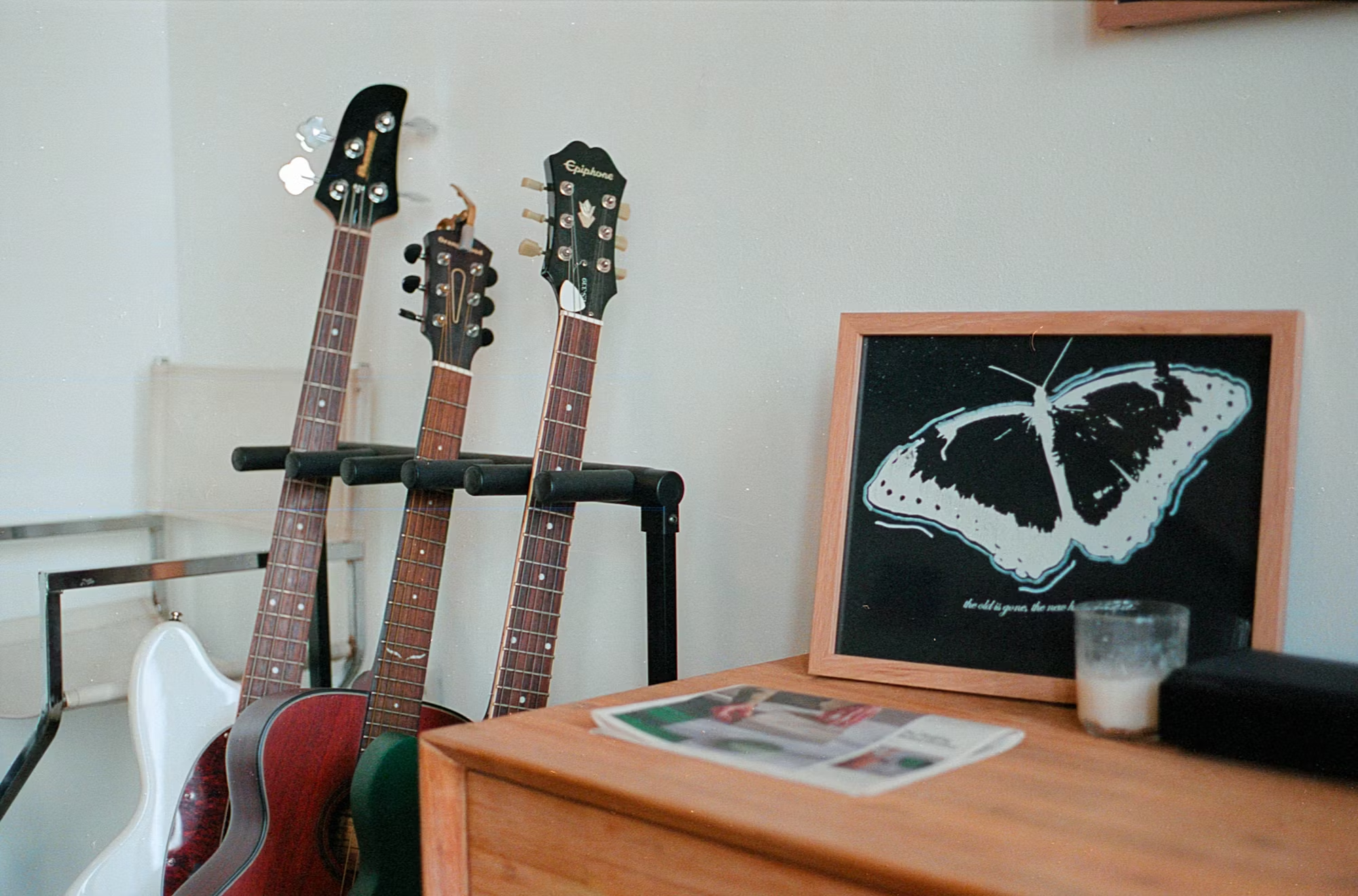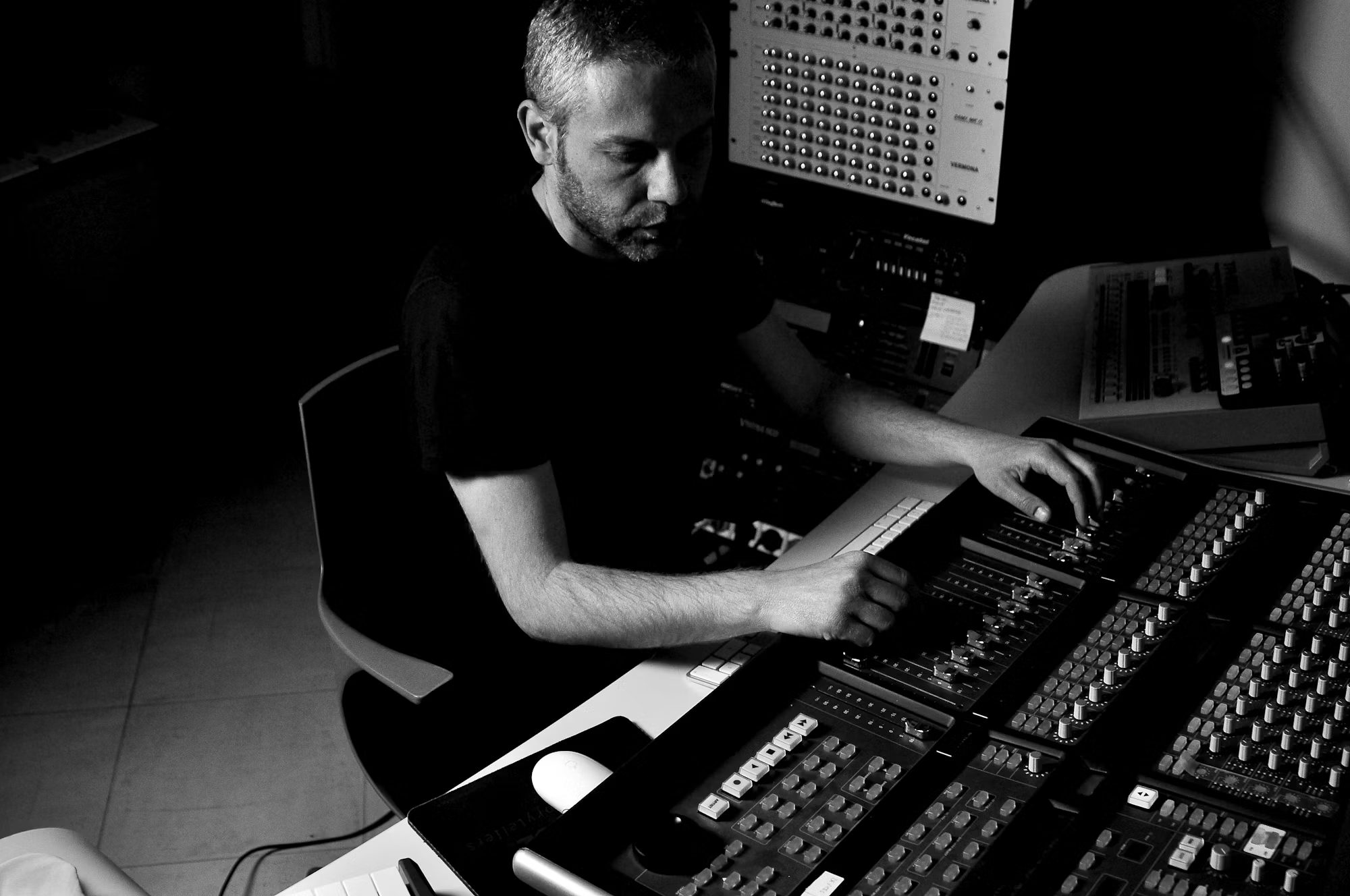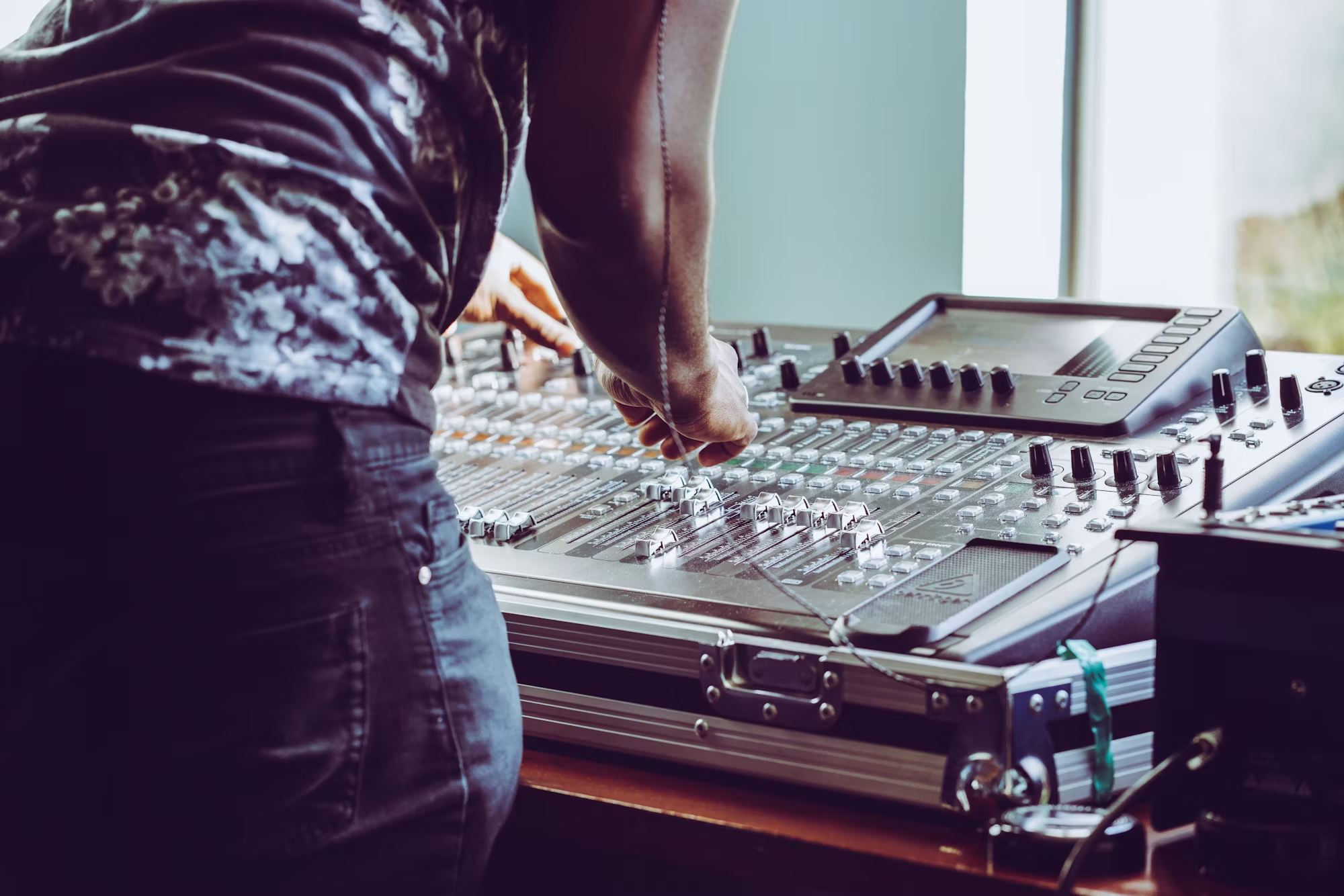The guitar, an instrument revered for its versatility, has inspired countless musicians across genres. From classical to rock, each style offers unique techniques that contribute to the artistry of guitar playing. This article delves into the mastery of guitar techniques, exploring the inspirations and influences that have shaped renowned guitarists throughout history.
Classical Guitar: The Foundation of Technique
Classical guitar, with its roots in centuries of musical tradition, emphasizes technical precision and expressive phrasing. Pioneers such as Andrés Segovia and Julian Bream elevated the classical guitar, transforming it into a concert instrument. Their dedication to practice and study of musical theory laid a strong foundation for modern classical guitarists.
The techniques inherent to classical guitar playing, such as fingerstyle and tremolo, allow for intricate melodies and dynamic expressions. Composers like Fernando Sor and Francisco Tárrega wrote etudes that challenge and develop a guitarist’s technique while showcasing the instrument’s beauty. The meticulous attention to tone and clarity in classical guitar has influenced players across all genres, serving as a benchmark for technical skill.
The Influence of Folk Music
As the guitar spread across cultures, it found a home in folk music, where storytelling and musicality intersect. Artists like Bob Dylan and Joan Baez utilized the acoustic guitar as a vehicle for social change, blending poignant lyrics with captivating melodies. Their fingerpicking styles brought a new dimension to folk music, allowing for complex arrangements that enhanced their narratives.
The simplicity of folk guitar techniques contrasts with classical complexity, yet both styles emphasize the importance of authenticity. Fingerstyle techniques, such as Travis picking, became staples in folk music, enabling guitarists to accompany their vocals seamlessly. The ability to convey deep emotions through relatively simple chords is what makes folk guitar so accessible and powerful.
Rock and the Electric Guitar Revolution
The advent of the electric guitar in the mid-20th century revolutionized music. Artists like Chuck Berry and Jimi Hendrix expanded the guitar’s role in popular music, introducing techniques that would define rock and roll. Berry’s pioneering use of riffs and showmanship made the guitar a symbol of youth culture, while Hendrix pushed the boundaries of sound through innovative effects and improvisation.
Hendrix’s mastery of techniques like string bending, feedback manipulation, and using the whammy bar created a unique sonic landscape that inspired generations of guitarists. His iconic performances, characterized by spontaneous creativity, showcased the electric guitar’s potential for expression. As rock evolved, so did the techniques; players like Eric Clapton and Jimmy Page further defined the genre with their own interpretations and innovations.
The Emotional Depth of Blues Guitar
Blues guitarists harness the instrument’s emotional resonance, using techniques like slide guitar and bending notes to convey feelings. Legends such as B.B. King and Stevie Ray Vaughan demonstrated how the guitar could express the human experience, from sorrow to joy. King’s expressive vibrato and lyrical phrasing taught countless players the power of tone and emotion.
The call-and-response structure inherent in blues music allows guitarists to engage with their audience on a personal level. Techniques like double stops and minor pentatonic scales create a distinct sound that resonates deeply with listeners. The improvisational nature of blues invites musicians to explore their feelings, making each performance a unique experience.
Jazz Guitar: Complexity and Improvisation
Jazz guitar requires a deep understanding of music theory and harmony. Influential guitarists such as Wes Montgomery and Joe Pass showcased complex chord voicings and improvisational skills that elevated the guitar’s role in jazz ensembles. Montgomery’s use of octaves and his unique picking style introduced a fresh sound to jazz, inspiring many to explore the genre.
In jazz, the ability to improvise is paramount. Guitarists often engage in musical conversations with other band members, creating spontaneous and dynamic performances. This interactive approach fosters creativity, allowing guitarists to express their individuality within a collaborative setting. Techniques like sweep picking and harmonics add layers of sophistication to jazz guitar playing, enhancing its complexity.
Flamenco: Passionate Expression
Flamenco guitar, steeped in Spanish culture, is known for its intricate fingerstyle techniques and rhythmic complexity. Artists such as Paco de Lucía and Vicente Amigo have brought flamenco to a global audience, showcasing the guitar’s percussive and melodic qualities. Flamenco techniques like rasgueado and picado create a vibrant sound that reflects the passionate spirit of the genre.
The interplay between melody and rhythm in flamenco is essential. Guitarists often accompany dancers, enhancing the performance with their playing. This collaborative nature highlights the guitar’s role in cultural expression, where music and dance intertwine. The emotional depth conveyed through flamenco is a testament to the guitar’s ability to connect with audiences on a profound level.
Contemporary Techniques and Innovations
As music evolves, contemporary guitarists continue to push the boundaries of the instrument. Modern players like Tommy Emmanuel and Andy McKee have developed unique fingerstyle techniques that blend various influences. Their ability to incorporate percussive elements into their playing has redefined what is possible on the guitar, allowing for intricate compositions that captivate audiences.
Emmanuel’s energetic performances showcase a blend of genres, from jazz to country, all while maintaining his distinct style. McKee’s use of alternate tunings and tapping techniques illustrates the guitar’s adaptability, encouraging musicians to experiment with sound and technique. These contemporary innovations inspire new generations of players to explore the guitar’s vast potential.
Conclusion: The Ever-Evolving Journey of Guitar Mastery
The mastery of guitar techniques reflects a rich tapestry of musical history, influenced by cultural exchanges and individual creativity. From classical to contemporary, each style offers unique insights into the instrument’s capabilities. As guitarists continue to explore and innovate, the guitar remains a powerful medium for expression, bridging gaps between genres and generations. The journey of guitar mastery is ongoing, promising endless possibilities for both artists and audiences alike.









